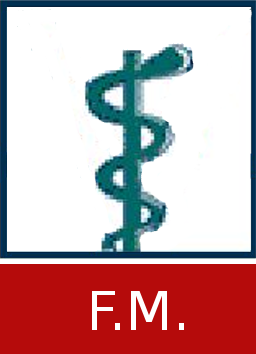Thesis, COLLÉGIALITÉ
Diez, Théo 
Promotor(s) :
Vandewalle, Gilles 
Date of defense : 5-Jul-2023 • Permalink : http://hdl.handle.net/2268.2/17569
Details
| Title : | Thesis, COLLÉGIALITÉ |
| Translated title : | [fr] Neuro-imagerie des effets non formateurs d'images de la lumière sur le locus coeruleus |
| Author : | Diez, Théo 
|
| Date of defense : | 5-Jul-2023 |
| Advisor(s) : | Vandewalle, Gilles 
|
| Committee's member(s) : | Seutin, Vincent 
Phillips, Christophe 
Bastin, Christine 
|
| Language : | English |
| Number of pages : | 38 |
| Keywords : | [en] Locus coeruleus [en] Light [en] attention [en] psychomotor vigilance task |
| Discipline(s) : | Human health sciences > Neurology |
| Research unit : | GIGIA CRC in vivo imaging |
| Name of the research project : | BOOSTMEM |
| Target public : | Researchers Professionals of domain Student |
| Institution(s) : | Université de Liège, Liège, Belgique |
| Degree: | Master en sciences biomédicales, à finalité approfondie |
| Faculty: | Master thesis of the Faculté de Médecine |
Abstract
[en] Light, especially the blue spectrum, has a variety of non-image forming (NIF) effects on our brain. By maximally acting on the melanopsin photopigments of intrinsically photosensitive retinal ganglion cells (ipRGCs), blue light can improve mood, regulate our circadian cycle and enhance cognitive func-tions such as memory or attention. Through NIF pathways, light could notably impact the activity of the locus coeruleus (LC), a tiny rod-shaped nucleus of the dorsal tegmentum with ascending projections to the neocortex. It is the main source of norepinephrine (NE) secreted in the brain. LC neurons are thought to orchestrate attention by switching between a tonic and a phasic mode of firing. Still, our present understanding of the roles of the LC and the underlying mechanisms of NIF effects is uncom-plete. Our goal was to determine if blue-enriched light could increase the LC activity during an atten-tional task. We used 7T fMRI to assess brain activity of healthy older participants during a psychomo-tor vigilance task (PVT), while pseudo-randomly exposed to light. Light exposures consisted in short 30 seconds blocks of blue-enriched and orange light separated by 15 seconds period of darkness. We did not observe any increase in LC activation during the blue-enriched light condition compared to the orange one. However, we detected higher activity in several regions involved in sustained attention and relevant to NIF effects of light. While we did not demonstrate a significant impact of blue-enriched light on the activity of the LC, our results suggest that blue-enriched light increase sustained attention. This thesis unveils new perspectives and indications in line with the research about the impact of blue light on cognition.
File(s)
Document(s)

 Neuroimaging the non-image forming impact of light on the locus coeruleus.pdf
Neuroimaging the non-image forming impact of light on the locus coeruleus.pdf
Description:
Size: 1.25 MB
Format: Adobe PDF
Cite this master thesis
The University of Liège does not guarantee the scientific quality of these students' works or the accuracy of all the information they contain.


 Master Thesis Online
Master Thesis Online




